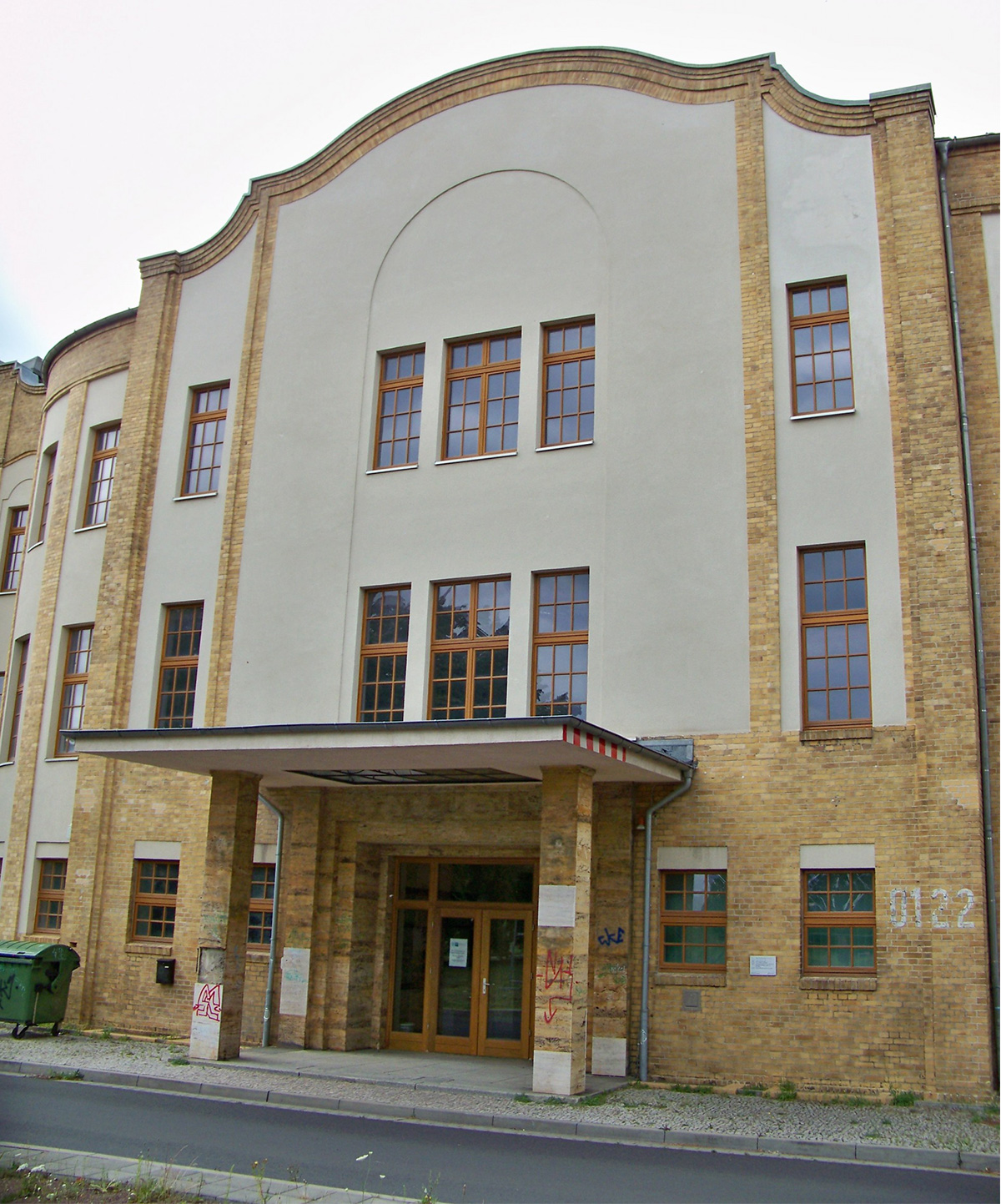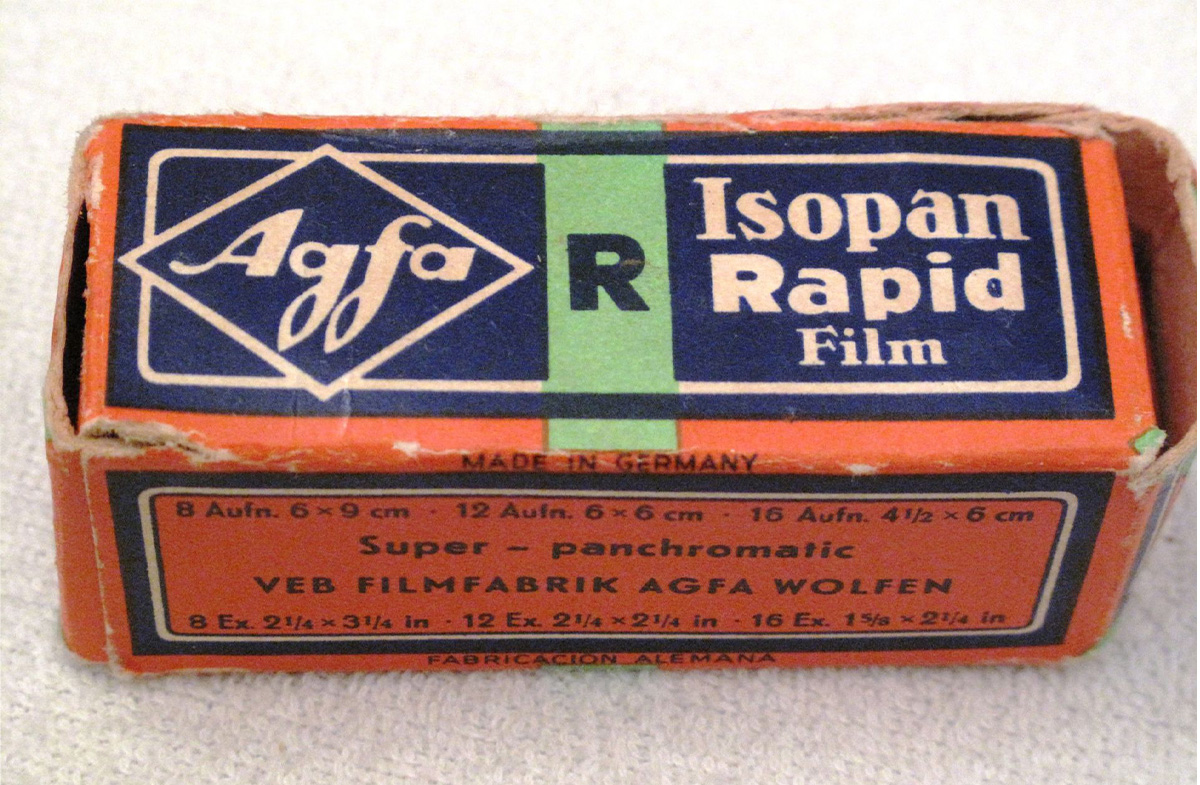
The first colour film produced by the companies Agfa and Kodak.
The History of Photography - Part 4:
The Discovery of Colour Film in 1936
The first patent for colour film was applied for in 1912. In 1932, the first 35mm film was developed for taking colour photographs. At that time, however, colour film could only be used with Leica and Contax cameras and the film had special colour stripe filters. It wasn’t until the end of the 1930’s that “colour photography for everyone” was finally made possible. However, the path that led up to this point was full of uncertainty and long developmental phases.
Things Got a Bit More Colourful
Photographic colouration has been around for about 175 years. Its long development was shaped by both a fair amount of indignation as well as zeal. Until photographic colouration was invented, all pictures were black and white. Some people at the time could be heard saying that colour would distort the photo and take away a degree of authenticity. Even among these objections, however, the colour photograph was soon able to establish itself as the norm. In 1839, after the announcement of the new photographic method, the daguerreotype, which was named after the painter Louis Daguerre, the Swiss painter and graphic printer Johann Baptiste Isenring was colourising photographs by hand. In order to do this, he traced the image on a transparent surface and created a template for each individual colour. In 1861, the Scottish mathematician and physicist James Clark Maxwell was successful in creating the first colour photograph without colourising it by hand. The end result was anything but perfect, however it was the first photograph of its kind. At this time, manual colourisation was spreading throughout Japan. Yokoyama Matsuaburo created the first photographic oil painting; in order to do this, the backing paper of the photograph was cut away and pigments were applied to the remaining emulsion. With the discovery of the tintype in the 1860’s, which was a direct-positive method, photographs finally became affordable for the general public. The initial indignation was quickly replaced by complete enthusiasm. Especially the years between 1900 and 1940 could be labelled as “the years of colourisation.” With the creation of the autochrome method, which came about in the 1950’s, colour photographs also became economically viable. Beginning in the 1970’s, life without photographic colourisation was impossible to imagine.

Humble Beginnings
In 1909, the company Agfa AG established the Wolfen film factory, which is where the beginnings of colour film can be found. Besides producing film for photography, the factory also manufactured cinematic film as well as X-ray film materials. The abbreviation Agfa stands for “Aktiengesellschaft für Anilinfabrikation” (German for “Corporation for Aniline Production”). Agfa was able to stand toe-to-toe for decades against its competition Kodak and Fujifilm and is considered one of the largest European manufacturers of photography accessories.

The Wolfen film factory
„Agfacolor Neu“ in the Wolfen film factory. Notably, the chemists Dr. Gustav Wilmanns and Dr. Wilhelm Schneider were successful in creating a universal Agfacolor-method for slides, negatives, paper prints and cinematic films. The resulting Agfacolor-method was based on basic principles of subtractive three-colour photography, developed by Rudolf Fischer in 1912, using the components of blue, green, and red as a means of colour development. Colour films that were developed up till this point in time may not have been perfect, but it was a race against time, especially against the competition Eastman Kodak based in the US. In January 1936, the first colour film was completed and could be tested out at the Olympic Games in Berlin. The prototype “Agfacolor-Neu-Film” was then presented to the public in October 1936 in the form of a colour filmstrip for daylight and a home movie. From 1936 to 1939, the Agfacolor negative/positive method was also further developed. With the help of colour couplers (colourless substances or substances coated with colourless azo dye compounds), it was finally possible to create the three colours red, blue, and green in multi-layered films using subtractive colour mixing. This was made possible by a reaction of a colour coupler with the oxidation product of the developing agent. Another sensation came about in 1941 when the first feature film of the world filmed using the positive/negative method on Agfacolor film appeared in cinemas. The movie was called “Frauen sind doch bessere Diplomaten” (German for “Women Are Better Diplomats”). It was a musical film directed by the German director Georg Jacoby and it stars the dancer Marie-Luise, who is sent on a diplomatic mission to the Frankfurt Parliament to help her uncle, who is a casino manager, and prevent his casino from being shut down.

Developments After the Second World War
However, the glory days of the Agfa film factory didn’t last for long. During World War II, US American troops occupied the Wolfen film factory. The method of colour film manufacturing, which was kept strictly secret up until that time, was disclosed. After the Second World War, other manufacturers in Europe, Japan, and the US took up the methods developed by Agfa and developed them further. A little later, Kodak produced colour film that was based on the methods developed by Agfa and further developed. Technologies developed by Kodak began to take up more and more of the overall market share and prototypes developed by Agfa were becoming displaced more and more. After the war, the Wolfen film factory had to submit to the socialist planned economy. In 1964, there was a trademark change from Agfa to ORWO (Original Wolfen), but the methods originally developed by Agfa were still being implemented. The West German Agfa branch soon developed the more sophisticated methods from Kodak and distanced themselves even further from the East German ORWO. In the 1970’s, ORWO lost its place as the world number one and eventually filed for bankruptcy in 1994.
The next part of our series covers the development of the single lens reflex camera that took more than 320 years.
